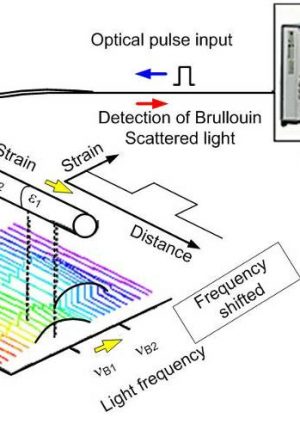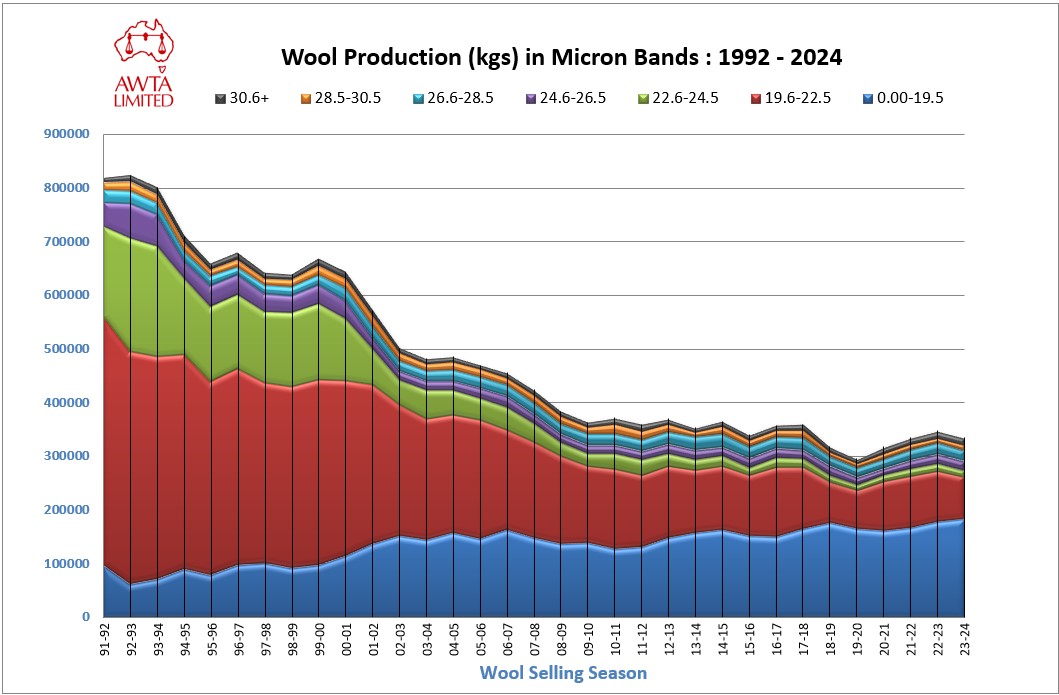Advanced Technology for Optical Fibre Diameter Analyser Precision
Advanced Technology for Optical Fibre Diameter Analyser Precision
Blog Article
Optimize Your Fibre Optic Efficiency: Recognizing Optical Fibre Size Analyser Innovation
The efficiency of fiber optic systems is seriously influenced by the precision of their size, a variable usually forgot in the search of ideal signal integrity. Comprehending the innovation behind optical fiber diameter analysers discloses the detailed equilibrium in between dimension precision and manufacturing quality. These gadgets not only improve compliance with sector criteria however additionally give real-time insights that can preemptively resolve prospective concerns. The effects of their use expand beyond plain measurement; they can basically change the landscape of fiber optic efficiency. What factors should one take into consideration to harness their complete capacity?
Value of Optical Fiber Diameter
The size of optical fibre plays a critical function in figuring out the efficiency and efficiency of communication systems. It affects a number of key criteria, including the mode of light breeding, attenuation, and bandwidth capability. Bigger diameters generally enable multiple light modes, helping with greater information transmission rates. Conversely, smaller sized diameters have a tendency to support fewer modes, which can enhance signal quality and minimize crosstalk.

Additionally, recognizing the size's effects can lead to set you back savings by decreasing the need for signal boosting and repeaters in substantial networks (optical fibre diameter analyser). To conclude, the significance of optical fiber diameter can not be overemphasized, as it straight impacts the total performance and reliability of modern-day communication systems

Just How Diameter Affects Signal Quality
Signal high quality in optical fiber systems hinges significantly on the size of the fibre. A smaller size can lead to greater depletion rates, resulting in signal loss as light trips through the fiber.
On the other hand, bigger sizes generally enable enhanced light capture and reduced modal diffusion, enhancing signal quality. In multimode fibres, a bigger core diameter can sustain multiple light settings, but it might additionally introduce intermodal diffusion, which can weaken signal top quality. For that reason, choosing the optimum fiber size is important for achieving the preferred performance in certain applications.
In addition, the communication between the fibre diameter and the wavelength of the light made use of plays a critical duty in identifying the efficient transmission distance and overall signal honesty. Recognizing how fibre size impacts signal quality is necessary for network developers and engineers aiming to optimize optical fiber systems for dependable, high-speed information transmission.
Introduction of Diameter Analyser Technology
In numerous optical fiber manufacturing processes, exact dimension of fibre diameter is essential for guaranteeing regular performance and quality (optical fibre diameter analyser). Size analysers are innovative instruments developed to examine the physical measurements of optical fibres with high precision. They employ advanced optical and laser modern technologies to measure the diameter, ovality, and concentricity of the fibre, therefore offering critical data for quality control
These analysers can operate in-line during the production procedure or as part of off-line screening methods. In-line systems make it possible for real-time tracking, enabling suppliers to adjust parameters promptly, therefore keeping ideal production conditions. Off-line analysers, on the other hand, supply thorough analyses of sets, making certain that any discrepancies from defined tolerances are identified and resolved.
Size analysers significantly add to the decrease of problems in optical fibers, improving overall item integrity. By continually determining vital criteria, these modern technologies assist in compliance with market criteria and specifications. As the demand for high-performance optical fibres proceeds to increase, the function of diameter analysers comes to be progressively crucial in attaining the wanted top quality and performance criteria in fibre optic systems.
Key Features of Fiber Size Analysers
Although different models of fiber diameter analysers exist, they typically share a number of crucial features that boost their performance and reliability. One of one of the most substantial attributes is high-resolution measurement capacities, which make sure specific size analyses, critical for great site maintaining quality assurance in fibre production. Furthermore, lots of analysers include innovative optical sensing units link made to find minute variants in fiber size, hence supplying very useful data for procedure optimization.
One more important feature is real-time surveillance, permitting drivers to obtain immediate comments on fiber diameter throughout the production process (optical fibre diameter analyser). This ability facilitates fast changes and reduces the possibility of flaws. Many analysers likewise come outfitted with easy to use user interfaces, enabling operators to quickly browse through settings and data outputs
Moreover, durable information storage space and analysis functionalities are important for tracking historical efficiency fads and making sure compliance with market criteria. These functions jointly contribute to the efficiency of fiber size analysers in enhancing fiber optic efficiency.
Finest Practices for Fiber Optimization

First, normal calibration of optical fibre diameter analysers is essential. This makes certain precise measurements and minimizes possible inconsistencies that can impact performance. Next off, maintaining a tidy workplace is crucial; dirt and impurities can lead to signal deterioration.
In addition, it is essential to select fibres that fulfill certain application needs. This involves assessing variables such as depletion, transmission capacity, and environmental problems. Correct installment strategies ought to additionally be abided by, consisting of avoiding sharp bends and extreme stress, which can compromise fiber integrity.
Moreover, utilizing sophisticated tracking systems can promote real-time performance evaluations, making it possible for prompt identification of problems. Routine testing i was reading this and upkeep need to be performed to make certain that fibres continue to be within optimum functional criteria.
Finally, training personnel on the most up to date fiber optimization innovations and methods will enhance their capability to carry out efficient techniques. By complying with these best techniques, organizations can substantially enhance the performance and lifespan of their optical fiber systems, making certain effective communication and data transfer.
Conclusion
In verdict, the combination of optical fibre size analyser modern technology is critical for making best use of fiber optic performance. By making sure specific measurements of fiber measurements, these analysers dramatically enhance signal quality and minimize losses throughout data transmission.
Signal quality in optical fiber systems hinges substantially on the size of the fiber.In many optical fibre production procedures, exact dimension of fiber size is crucial for guaranteeing constant performance and top quality. As the need for high-performance optical fibres continues to increase, the duty of diameter analysers ends up being increasingly essential in achieving the wanted top quality and performance requirements in fiber optic systems.
These functions jointly add to the efficiency of fibre diameter analysers in maximizing fibre optic performance.
In conclusion, the integration of optical fibre diameter analyser modern technology is vital for making the most of fiber optic performance.
Report this page